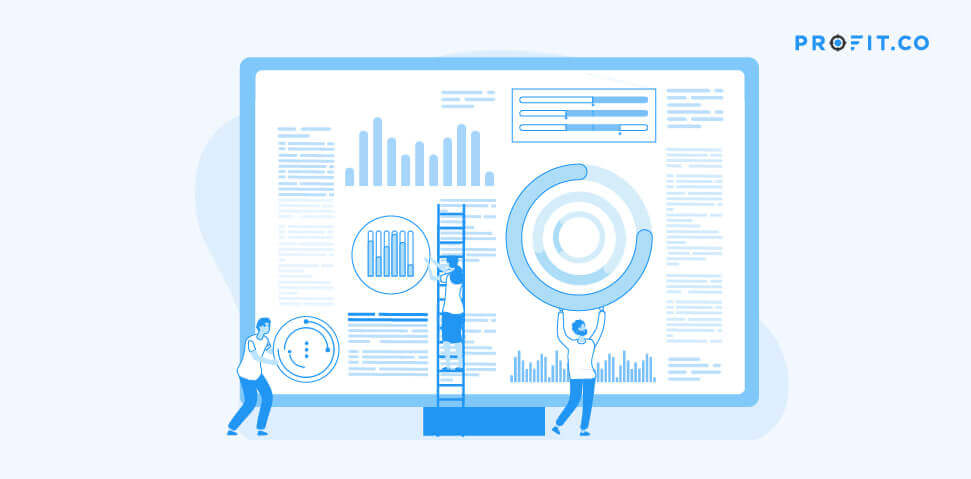Today, we will concentrate our attention on the debt ratio – a solvency ratio whose purpose is to measure a company’s total liabilities as a given percentage of its total number of assets. In theory, the debt ratio clearly displays a firm’s financial capability of paying debt with its assets. Therefore, this points how many assets a company has to sell in order to cover its liabilities.
In a way, we could argue that this ratio is of great importance, as it merely calculates the financial leverage of a firm. For example, a company with a significant number of liabilities and a reduced number of assets is considered highly leveraged. Thus, it could be seen as a risky investment. At the same time, lenders might avoid providing financing to such companies. Assessing a firm’s capability of paying off its debt in uncertain economic times is critical.
The Calculation Formula
So, how do you calculate the debt ratio of a company? The formula is pretty straightforward, as follows:
As a piece of advice, bear in mind that you have to utilize the total liabilities and total assets in this formula. That’s because the debt ratio indicates the debt burden of a company, as opposed to simply pointing its existing debt.
Analyzing the Debt Ratio
Typically, the debt ratio is shown in decimal format. That’s specifically because it assesses the total amount of liabilities as a given percentage of the total amount of assets. Similar to other solvency ratios used by investors and lenders, a lower ratio is also more favorable than a higher one, in this particular case.
In other words, a lower debt ratio means that the company enjoys financial stability, being capable of operating in the business world for many years to come. That’s because a lower debt ratio imminently translates into a lower overall debt. At the same time, it’s worth noting that every industry has its specific benchmarks when it comes to debt ratios. Nonetheless, as a rule of thumb, .5 is an acceptable ratio for most industries.
More specifically, what does a .5 ratio mean? Fundamentally, this means that the firm has twice as many assets as it has liabilities. In other words, this company’s liabilities account for 50 percent of its assets’ worth. Therefore, creditors own only half of the company; the other half is owned by the official shareholders of the firm.
Moving on, a debt ratio of 1 point shows that total liabilities equals total assets. Hence, if the company intends to pay off its liabilities, it would be required to sell all of its assets. Evidently, in this situation, we would be talking about a highly leveraged firm. After the selling of the assets is completed, the firm will no longer be capable of functioning accordingly.
To conclude, the debt ratio is a critical solvency ratio. That’s because creditors want to assess the likelihood of being repaid before approving on providing financing. In general, companies with a high debt ratio should consider equity financing instead, in an attempt to enhance their operations.
